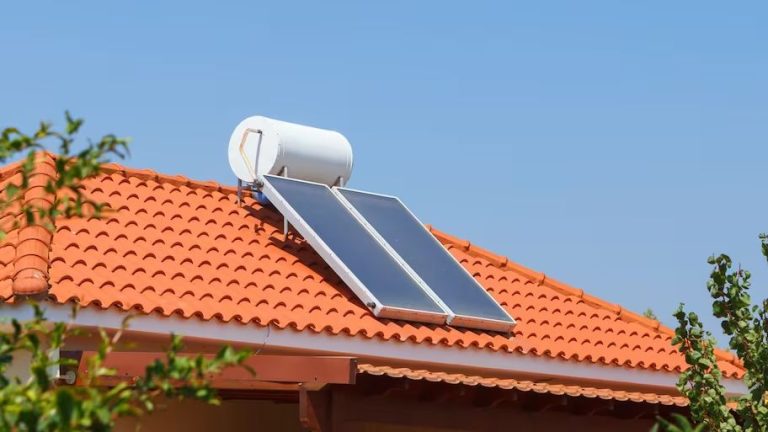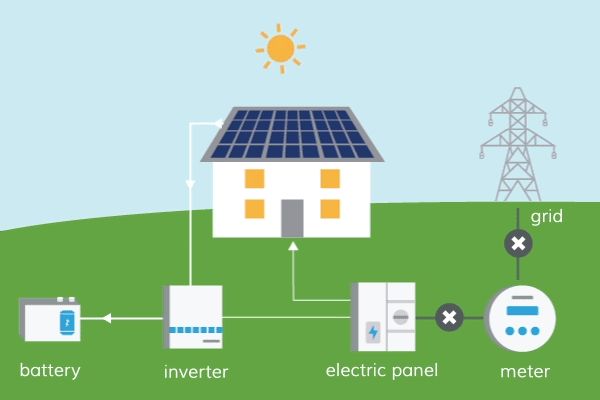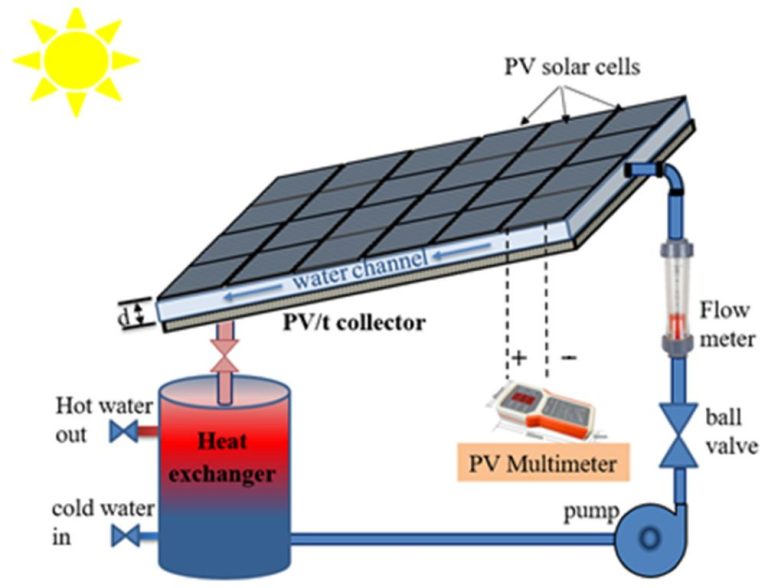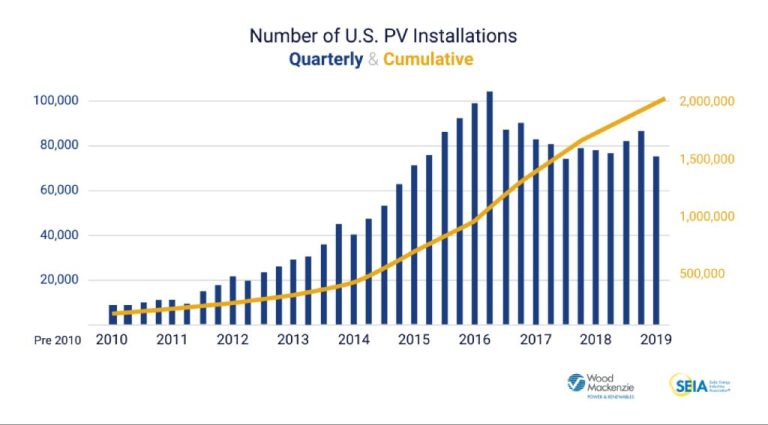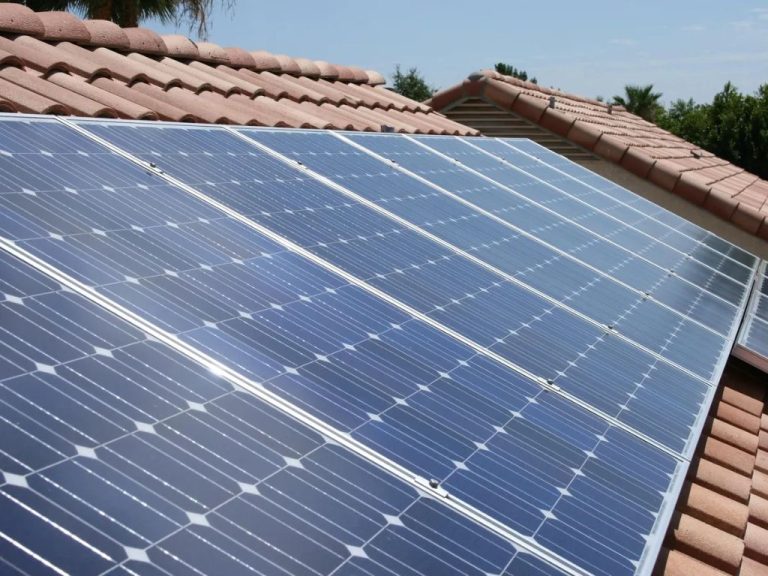What Is A Kw System?
A kW system is an electrical power system that uses kilowatts (kW) as the measurement unit. kW represents the rate at which electrical energy is being used or produced at a given moment. For example, a device that uses 1,000 Joules of energy per second requires 1 kW of power. kW systems allow us to easily quantify, monitor, and distribute electric power.
kW systems have become essential in homes, businesses, and utility grids. By understanding power consumption in kW, we can properly size electrical systems and equipment. kW gives us a standard way to compare the power usage and production capacity of various devices and systems. For consumers, architects, engineers, and energy companies, the kW provides a fundamental tool for managing electricity.
This article will explore what kW means, the key components of kW systems, how system size is determined, installation and monitoring considerations, costs and benefits, and the role of kW systems in the future. By the end, you’ll have a solid understanding of these important electricity measurement and delivery systems.
What is a Kilowatt (kW)?
A kilowatt (kW) is a unit of power that is equal to 1,000 watts. Just as a watt is a measure of power, a kilowatt represents 1,000 watts of electric power.
Watts and kilowatts are important units for measuring electricity usage and capacity. For example, the capacity of electrical devices and appliances is measured in watts. Similarly, the electric load or demand in a building is measured in kilowatts.
Kilowatts are useful for measuring larger amounts of power. While a lamp may use 100 watts, a home air conditioner can use 3,500 watts (3.5 kilowatts) or more. Electricity usage for an entire home or business is measured in kilowatt-hours (kWh), which represents the amount of energy used over time.
Understanding kilowatts is key for electrical systems and energy management. When sizing electrical equipment and determining electricity needs, kilowatts are the standard unit. Whether it’s a small appliance or a large industrial facility, power capacity is rated and calculated using kilowatts.
Measuring Electric Power
A kilowatt (kW) is a unit of power that measures the rate of electric energy consumption or production. Power is defined as the amount of energy used or generated over a period of time. Whereas energy is measured in kilowatt-hours (kWh), power is measured in kilowatts (kW).
For example, a 100-watt light bulb that is turned on for 10 hours consumes 1,000 watt-hours (100 x 10) or 1 kilowatt-hour (kWh) of electricity. However, while it’s on, the bulb is consuming energy at a rate of 100 watts – its power usage at any given moment.
So the main difference between kW and kWh is that kW measures instantaneous power or the rate of energy flow, while kWh measures accumulated energy consumption or production over time. kW is power, kWh is energy.
In energy systems like solar panels, the kW rating refers to the maximum power output capacity in optimal conditions. A 5 kW solar array can deliver up to 5 kW of power at peak production. The kWh metric refers to the actual cumulative energy yield over time – for example, a 5 kW system may produce 30 kWh of energy on an average sunny day.
Understanding the difference between kW and kWh is important when comparing electric devices, appliances, vehicles, and energy systems. kW measures the rate of energy use or output, while kWh measures total energy consumption or generation over time.
kW System Components
A complete kW system is made up of several key components that work together to generate, store, and deliver power. The main components include:
Inverters
Inverters convert DC electricity from solar panels or batteries into usable AC electricity that can power home appliances and electronics. They are a critical part of any kW system. Most inverters today are “grid-tied” which means they synchronize to the existing electric grid. “Off-grid” inverters can operate independently of the grid.
Charge Controllers
Charge controllers manage the battery charging process of the system. They regulate how much current goes into the batteries from the solar panels to prevent overcharging. Charge controllers prolong battery life and optimize system performance.
Batteries
Deep cycle lead-acid batteries are commonly used to store energy in kW systems. They allow power generated during the day to be used at night or during cloudy weather. The battery bank size determines how long the system can operate on stored power. Larger banks provide more backup but are more expensive.
Wiring
Properly sized cables connect all system components together. kW systems use specialized DC cables designed to handle the voltages. Installers must follow wiring codes and standards to ensure safety and efficiency.
kW System Sizing
Properly sizing a kW system is crucial for ensuring it meets your electrical needs. The size of the system depends on several key factors:
Electrical Load – Add up all the kW ratings for appliances and devices that will use the system. This determines the minimum size needed. Remember to account for future electric loads you may add.
Days of Autonomy – This refers to the number of days the system can provide power without sunlight. More autonomy requires a larger system to store more energy in the batteries.
Solar Resource – The amount of sun your location receives impacts production. Areas with less sun need larger systems to collect sufficient energy.
Battery Bank – The battery bank capacity affects how much energy can be stored. Larger battery banks allow more storage for times when solar can’t meet loads.
Inverter Size – The inverter must be large enough to handle peak load times without overload. Oversizing the inverter provides a safety margin.
A kW system should be sized appropriately to handle all critical loads. Overestimating the size adds unnecessary expense. Undersizing can lead to an inability to power essential loads. Consult with a qualified technician to properly size your system.
kW System Installation
Installing a kW system can be complex and is best left to experienced professionals. Here are some key steps for having a kW system installed properly:
- Choose an experienced solar installer or electrical contractor who is licensed in your area. Make sure they have expertise in commercial kW systems specifically.
- The installer will help determine the optimal system design and components needed based on your property and energy usage. Permits and inspections will also need to be arranged.
- Mounting and racking equipment will need to be securely fastened, often on rooftops or grounds. Cabling and conduit runs will connect the system components.
- The inverters, meters, and other electronics will need to be wired and configured properly. Safety features and shutdown controls should be tested.
- Your utility company will need to approve the system for grid connection and install a net meter for monitoring energy usage.
- Once fully installed, the system can be activated and monitored. Installers will often include a workmanship warranty.
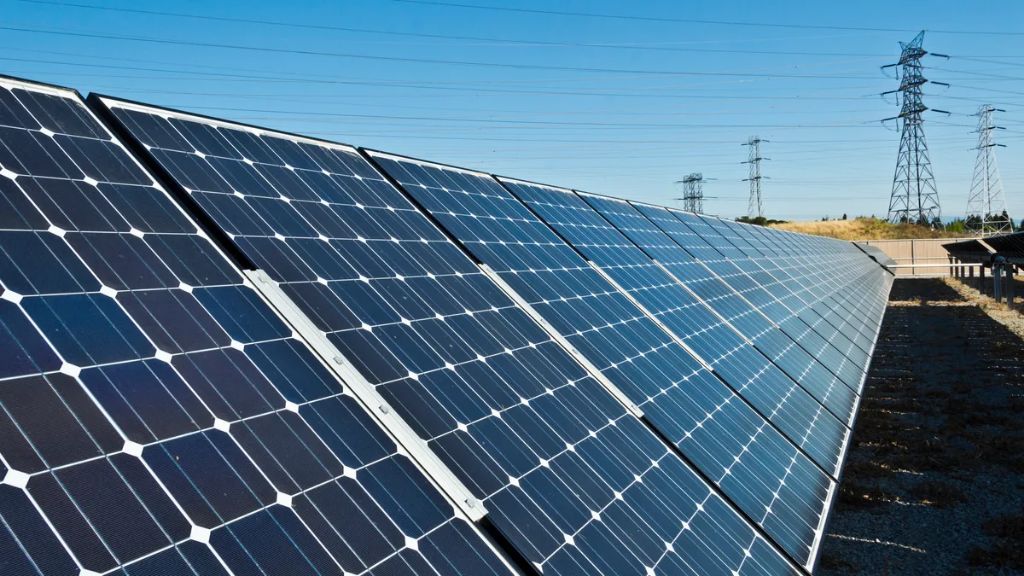
The installation process typically takes 2-6 weeks for completion. Permits, inspections from the city, and utility approvals may add to the timelines. Hiring an experienced solar contractor is highly recommended to ensure proper and safe kW system installation.
Operating and Monitoring
Operating and monitoring a kW system requires some basic knowledge of the system components and software. Here are some tips for operating and monitoring your kW system after installation:
Monitoring System Performance
Most kW systems come with monitoring software that tracks system performance and production. This allows you to keep an eye on how much energy your system is producing versus your consumption. Monitoring software can notify you of any system issues or outages. Review monitoring data regularly to ensure optimal performance.
Performing Maintenance
While kW systems require minimal maintenance, you’ll want to keep components clean, do visual inspections, and watch for damage or degradation over time. Solar panels may need cleaning a few times per year. Inverter filters should be cleaned or replaced when dirty. Check electrical connections annually. Keep vegetation cleared away from the system.
Software Updates
Manufacturers periodically release software updates with bug fixes, performance improvements, and new features. Keep system software up-to-date for the best performance and compatibility. Some updates may require a technician.
Pros and Cons
There are several benefits and drawbacks to consider when looking at kW systems.
Benefits
Some of the key advantages of kW systems include:
- Energy Savings – kW systems allow you to generate your own electricity, reducing your reliance on the grid and potentially lowering your energy bills.
- Reduced Carbon Footprint – Since kW systems rely on renewable energy like solar or wind, they help reduce greenhouse gas emissions compared to fossil fuel-based power.
- Backup Power – Having a kW system with battery storage provides emergency backup electricity in the event of a grid outage.
- Low Maintenance – Once installed, kW systems have minimal maintenance costs compared to generators or other energy systems.
- Government/Utility Incentives – There are often financial incentives, rebates, and tax credits available to help offset the upfront costs of installing a kW system.
Drawbacks
Some of the downsides of kW systems include:
- High Upfront Costs – Purchasing and installing a kW system requires significant upfront investment, which may not be feasible for some homeowners.
- Long Payback Periods – It can take many years for a kW system to pay for itself through energy savings, depending on system size and energy costs in your area.
- Aesthetics – Solar panels or wind turbines may be considered unattractive additions to your home.
- Space Requirements – Solar and wind systems require sufficient roof or land area for installation, which may not be available at all sites.
- Interconnection Issues – Connecting a kW system to the utility grid often requires special equipment, inspections and approvals.
- Weather Dependence – Solar and wind systems rely on adequate sunlight and wind resources, which vary by location and weather conditions.
Costs
The costs associated with kW systems can be broken down into equipment, installation, and maintenance expenses. The main costs come from purchasing and installing the system components like solar panels, inverters, batteries, and wiring.
Solar panels represent a significant portion of the upfront costs. On average, a 6 kW solar panel system costs around $15,000-$25,000 depending on the type and efficiency of the panels. More efficient panel types like monocrystalline tend to cost more. The costs have been coming down over the years as panel technology improves and manufacturing scales.
Inverters also represent a major cost component, usually ranging from $1,000-$5,000 for a 5-10 kW system. High power systems require heavy-duty inverters to handle the load. Installation costs can also add several thousand dollars depending on system size and labor rates.
Over the lifetime of the system, maintenance costs are relatively minimal. Solar panels can last 25-30 years with moderate degradation over time. Inverters may need replacement after 10-15 years. Overall maintenance costs tend to be low, mostly consisting of cleaning the panels occasionally and checking electrical connections.
While kW systems require significant upfront investment, the long-term savings on electricity bills can make them worthwhile financially over a 15-20 year period. Maintenance costs are low and there are usually government incentives or tax credits that help offset the initial purchase and installation costs.
Future of kW Systems
The future looks bright for kW systems as innovations in technology are driving down costs and increasing efficiency. kW systems are expected to see strong growth globally as countries shift towards renewable energy and seek to reduce carbon emissions.
Some key innovations that will shape the future of kW systems include:
- Better energy storage solutions like batteries to enable the storage of excess solar power for use at night.
- New lightweight solar panel materials that are more efficient and cheaper to produce.
- Smart kW system technology to provide intelligent monitoring and optimize energy use.
- Integration with smart home systems and the smarter grid to balance supply and demand.
Analysts project that kW systems for homes and businesses will expand at over 8% annual growth globally. With the push towards net zero emissions by 2050 in many countries, kW systems have an pivotal role to play in sustainable energy production.
In summary, with rapid technology improvements and supportive government policies, kW systems represent an important clean energy solution that will continue seeing massive adoption worldwide.

